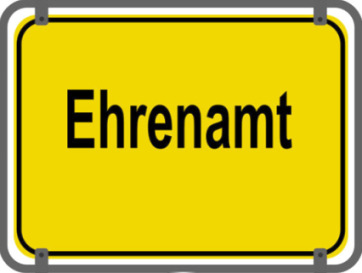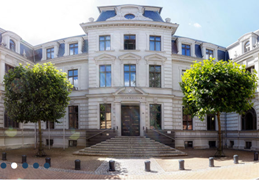for english speakers
Facts for English speaking visitors
Brief information about the prison for young and young adult offenders in Neustrelitz
- History of construction
The penitentiary was opened in April 2001. The beginning of the construction was in 1999. The costs were approximately 35 million Euros.
The size of the area is about 15,5 ha.
- Jurisdiction of the institution/ age structure/ crime
The penitentiary Neustrelitz is responsible for the enforcement of detention for extradition and deportation on male young and young adult criminal prisoners up to the age of 21. The institution is also responsible for the enforcement of imprisonment of male and female young and young adult prisoners up to the age of 24 and remand prisoners up to the age of 21. From 1st September 2018 there will be a separate area only for adults over 25 and under the age of 30. The penitentiary Neustrelitz is the single institution with two places for young female prisoners with their children. The children can stay until they are 3 years old.
- Internal distinction/ internal differentiation
There are 262 detention places in the closed area and 20 places in the open department of the institution. In general, inmates are lodged alone in their rooms; only a few rooms are provided for a joint accommodation of two prisoners.
The institution has different training opportunities:
For example parts processor metalworker, fitter and welder carpenter and
woodworker, painters and coaters, occupational therapy, cook and assistant cook, gardener and horticultural assistant, housekeeper, stockbreeder.
The penitentiary Neustrelitz offers the prisoners many measures so that they learn to occupy themselves useful in their leisure time. These measures for example are: piano lessons, choir, soccer, volleyball, darts etc..
Especially important are the treatment measures, which are offered by the institution in order to achieve, that the young offenders work on their deficits to lead a regular life without crimes after the detention. Treatment measures are Anti-Aggression-Training, social skills training, individual measures for the analysis of delinquency, social therapy department, group measures within the detention houses, addiction treatment department, advisory service for debtors, group measures to prepare for stationary therapy.


